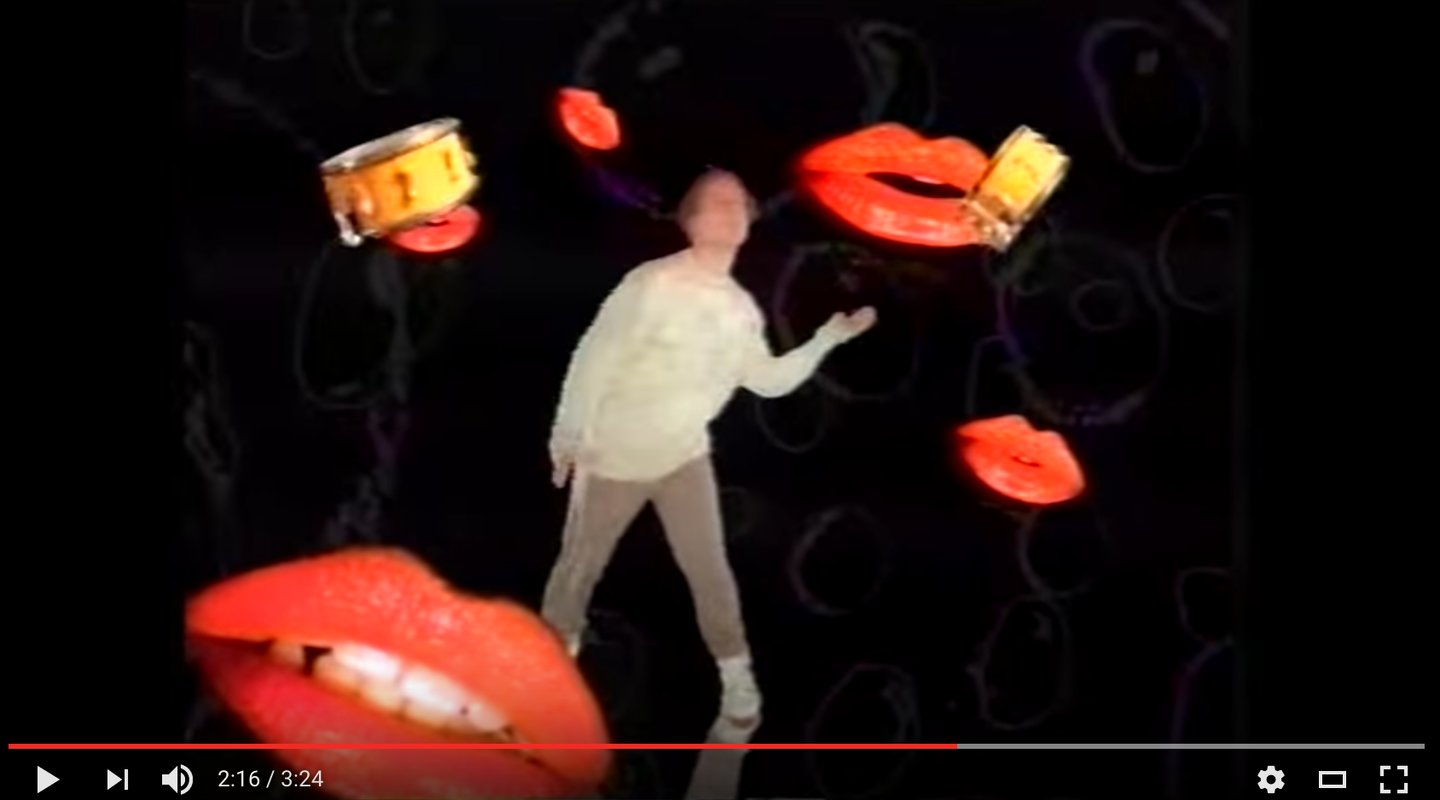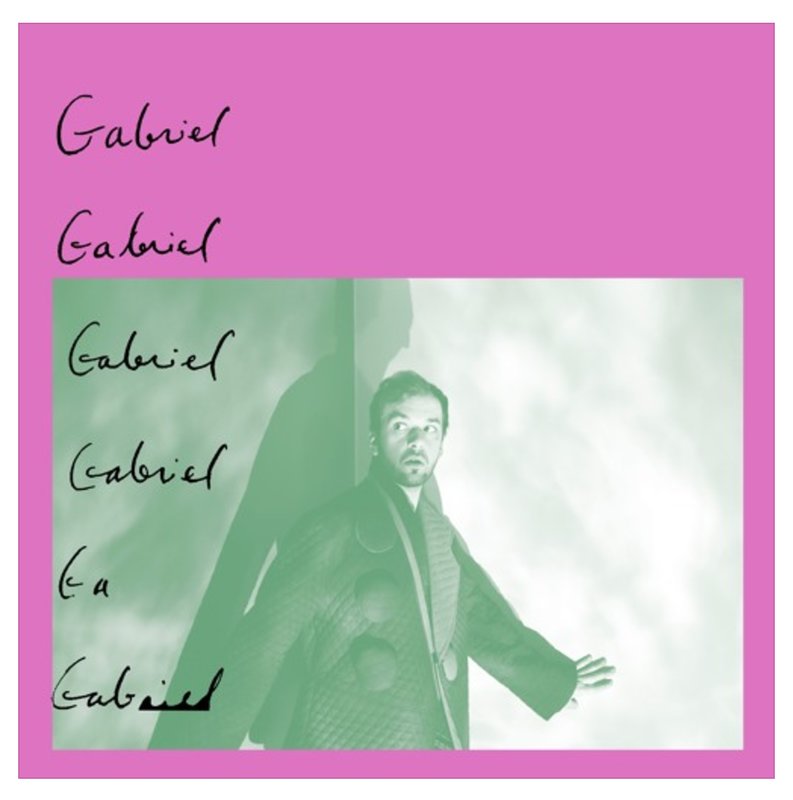Postcards From L.a
Photographic Traces Of The East L.a. Rave Scene
Joe Rihn has sent in another Postcard From L.A. This time on Map Pointz – a project documenting the 90s L.A. party scene. Over to Joe.
//
At a community art centre in Boyle Heights called Self Help Graphics, artist Guadalupe Rosales can be found among stacks of bright fliers, old copies of Street Beat magazine and other artifacts from the Latino-driven rave and party scene that flourished on L.A.’s east side during the 1990s. Rosales remembers those days well—she spent the decade raving in East L.A. as a member of a party crew called Aztek Nation. Now, through her Instagram project called Map_Pointz, she is reconnecting with the scene and offering a window into its history for a rapidly growing audience.
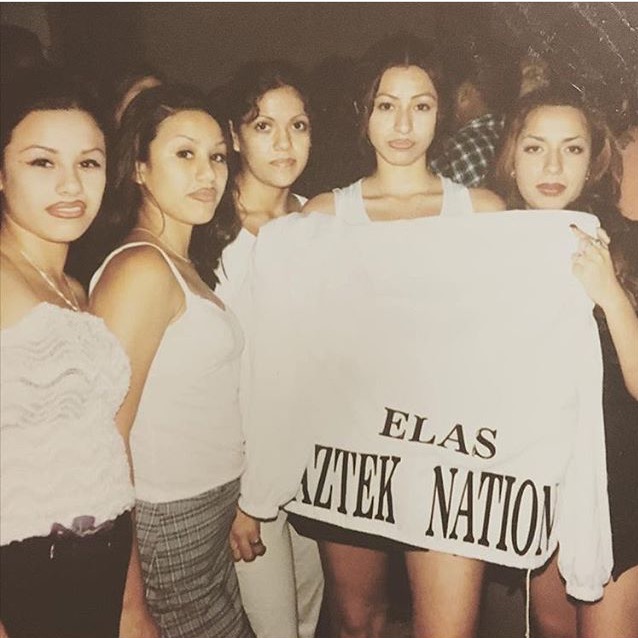
The roots of Map_Pointz are in Rosales's more established archival Instagram account, called Veteranas_and_Rucas, which takes a wide lens to the Southern California Latino experience of the late 20th century, documenting gangs and low riders, fashion and family life with an eye for subculture. Like Veteranas_and_Rucas, Map_Pointz is about reflecting the cultural heritage, histories and idiosyncrasies of a community, but with a sharp focus on the rave and party crew scene that developed in Eastside neighborhoods during the ’90s.
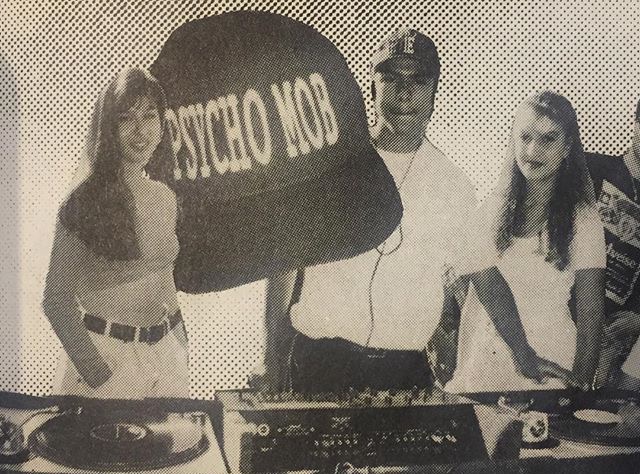
“I didn’t start it thinking it was going to be a project. It was something very honest,” says Rosales on the origins of Veteranas_and_Rucas. The earliest inspirations for the work came from exchanging letters with a childhood friend serving a decades long prison sentence, and a desire to activate memories of friends and family lost to street violence. But when she looked for content online related to L.A.’s Chicano and youth cultures, she couldn’t find much that resonated with her own experience. Now with over 90,000 followers for Veteranas_and_Rucas alone, it’s clear that Rosales filled a void with her approach to documenting her community’s history.
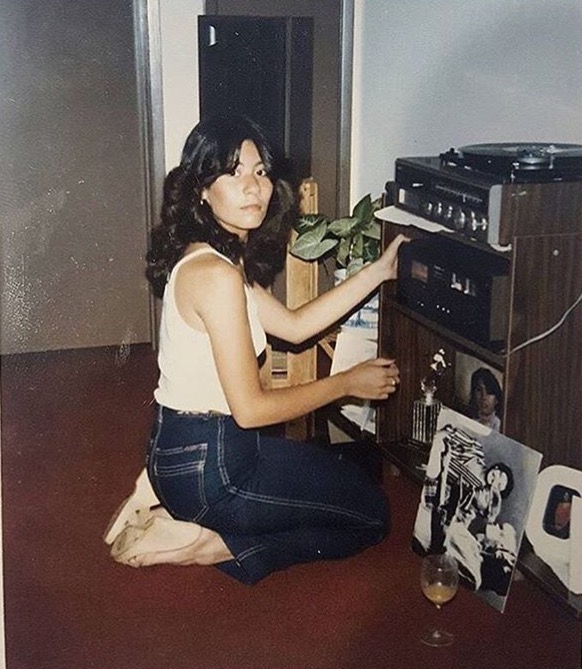
Like Veteranas_and_Rucas, Rosales began Map_Pointz by posting items from her personal collection, but soon started receiving submissions from followers who had also taken part in the rave scene. Bubbling with excitement over memories of days and nights spent dancing, followers use the project to connect and converse. In the comments they recall the parties and neighborhood spots depicted in the photos, and especially the people, as they tag and shout out both living and deceased comrades, preserved on film as fresh-faced teens. According to Rosales, the project is about more than archiving and sharing the photographs. “It’s documenting peoples’ conversations and the stories that people share with one another,” she explains, noting that follower participation is essential to Map_Pointz.
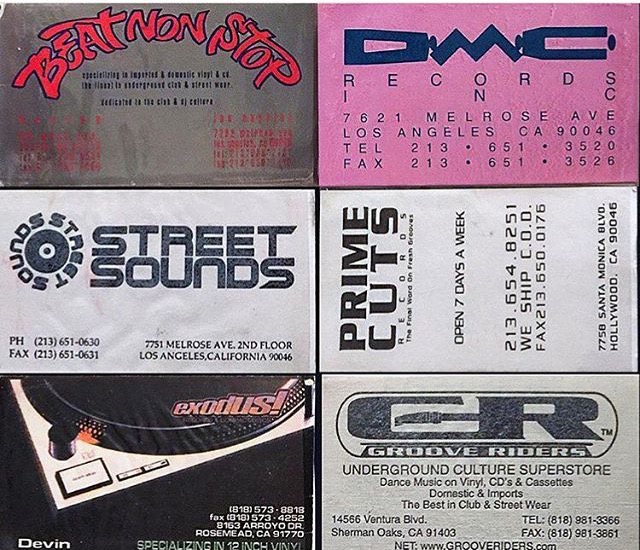
While the rave scene made up a small part of Venteranas_and_Rucas, Rosales felt those memories calling to her. “It was almost haunting me,” she says. There was also a desire to present a more multidimensional take on East L.A.’s culture and history. “I really wanted to focus on the party scene because I felt that the gang culture or the lowrider scene in L.A….people know about that, people understand it. There are documentaries out there and there is a lot of material,” she explains. “This rave and party crew subculture is almost being forgotten. My brother, my sister, me—we were all in the party scene, but no one was talking about it.”
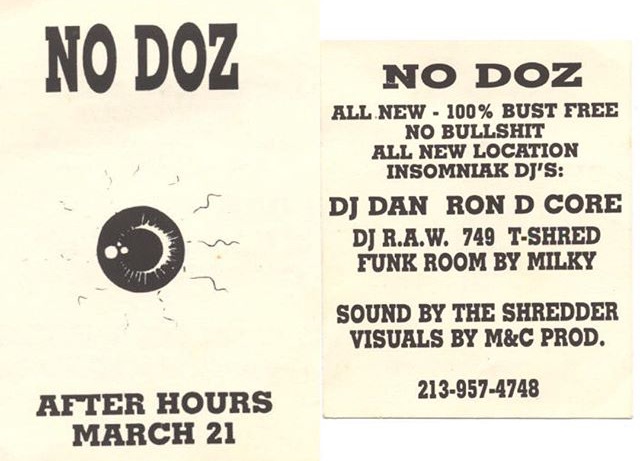
In her exploration of the scene through Map_Pointz, Rosales emphasizes the role of subculture in marginalized communities as both a means of resistance, and a way to stake out one’s own identity in a world constantly trying to impose one. But she also points out how a legacy of criminalization and over-policing has made people slow to talk about elements of their pasts that are tied to a largely illegal subculture. “If you’re a part of a subculture and a person of color…people start to criminalize you. And when that happens people start to not feel comfortable sharing their past,” says Rosales.
But over time viewers have begun to open up, and when it comes to specifics of the scene Rosales has plenty to share. She describes the musical landscape in those days as a “constellation” where different crews were organizing different types of gatherings all at the same time. “There were house parties that were happening in backyards either in someone’s house or abandoned houses, most of them were probably in the ghetto where parties wouldn’t get broken up by the police.” She also describes larger warehouse parties taking place adjacent to the L.A. River and traditional dance clubs that would have appealed to a slightly older crowd.
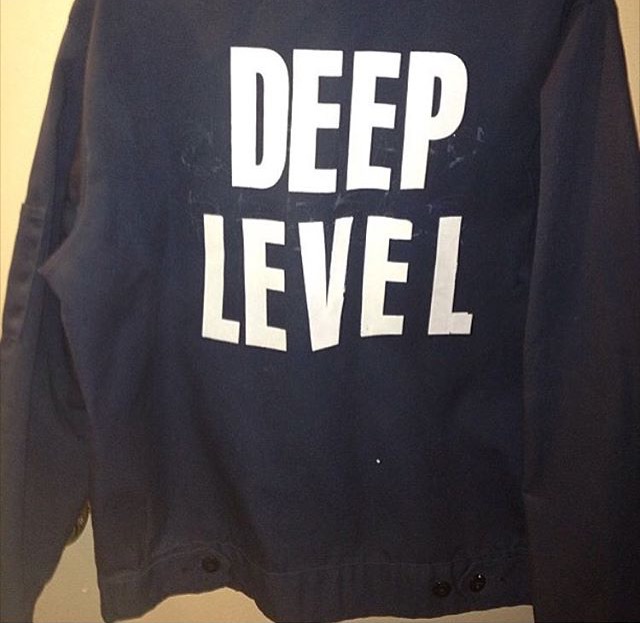
According to Rosales, the engine powering the grassroots end of the scene was a network of party crews—groups of kids who organized and delegated the work of putting on parties, from scouting spaces to Xeroxing flyers and booking DJs. Rosales describes an eclectic musical appetite at the time, and she says the scene was more about the different party crews throwing events than a fixation with one particular style of music. “People that I grew up with weren’t like ‘I only listen to techno.’ People that I grew up with were listening to underground hip hop or Freestyle Fellowship or Wutang. And also Mr. Kool-Aid or DJs from the UK. So I feel like everything was happening at the same time. The people I grew up with, we were all listening to everything pretty much, because we had exposure to everything.” The tracks that sometimes accompany Rosales’s posts range from frenetic techno to the smoothest cuts on Strictly Rhythm.
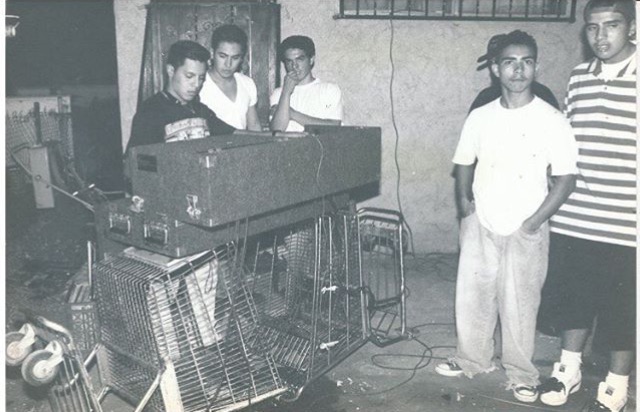
Many photos on Map_Pointz depict party crew members posed in front of nondescript apartment buildings or massive speaker stacks, each crew representing with their logo embroidered on custom baseball hats. Recalling the fashion of those days, Rosales explains that the look was typically much different from the “candy raver” styles sometimes associated with that period of L.A. parties. Instead she says most kids in the Eastside scene were dressed like taggers, in baggy jeans, Adidas and baseball caps, and she recalls close connections between graffiti artists and the rave scene. Aesthetically, Map_Pointz sways far away from ritzy clubland or stadium raves. The photos and events depicted are streetwise and fiercely DIY. The images Rosales hosts chronical youth living in between the well-documented subcultures of East L.A., dodging both gangs and the cops to sustain a strong, sophisticated underground scene.
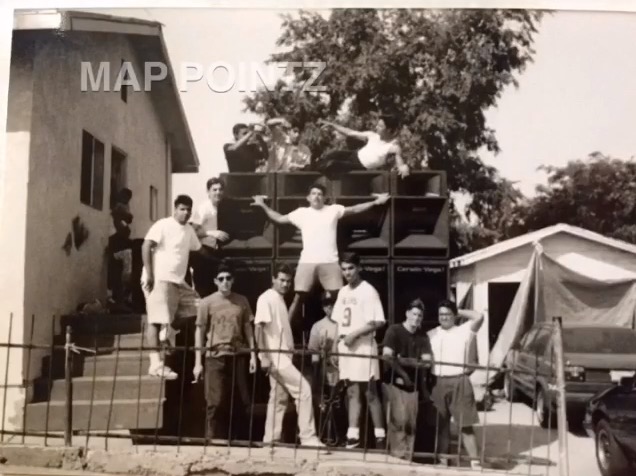
Much of Rosales’s work deals primarily in memories, and in today's Boyle Heights the concept of remembrance takes on an added significance. The neighborhood has long been a focal point for Chicano art movements—both conceptual and traditional—but nowadays real estate developers see profits among its colorful murals and tree-lined streets. High end galleries catering to international collectors are staking out spaces, and as rents rise, tensions mount. In the face of change, Rosales’s work holds firmly to the past.
You can view more on Map Pointz Instagram here. Dig in.

